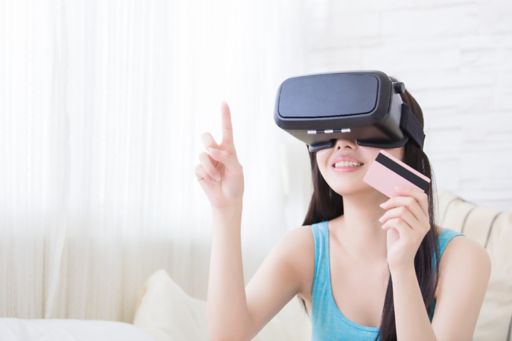Retail is changing, many physical stores will disappear
Retail is changing, many physical stores will disappear
Almost six out of ten representatives of the retail industry expect to see significant changes for physical stores by 2020. The top priority for almost half of retail companies is understanding the customer´s needs. Managers, however, admit that they have a lot of work ahead of them. New products that make a significant contribution to company revenue are currently developed based on collected customer data. These are the findings of the global consumer survey Top of Minds 2018.

Keeping in 24/7 contact with customers is a priority for 46 percent of customer centric leaders. And this relationship building doesn’t need to be entirely online. Some retailers offer a 24/7 customer helpline and clearly publicize it on their website. The ability for consumers to speak directly to friendly, well-trained and informed staff when they have a query or complaint can help to strengthen the relationship between customers and brands and inspire loyalty.
“Employees are delivering the customer experience so it’s imperative to make sure you treat your employees well and empower them to take care of your customers,” says Ivana Mazániková, Executive Director responsible for retail and consumer goods sector, KPMG in Slovakia. “People who don’t enjoy their work are unlikely to deliver a great customer experience.”
People are looking more to enjoy their lives through experience rather than owning a physical, tangible, item. In a 2018 survey, credit card processor Adyen found that 86 percent of US consumers had left a store because of long lines in the past year. That equated, Adyen estimated, to around US$47.7bn in lost revenue.
New brands are being built on data. In the US, start-up Stitch Fix, which reported revenues of US$977m in fiscal 2017, sends customers a personalized selection of clothes it thinks they will like based on their style profile (which contains 85 data points).
Established brands are seizing the opportunity to use data to generate revenue. Discovering that many consumers were searching Google for the ombré hair color – and weren’t happy with the look they were achieving at home – L’Oréal Paris launched an applicator tool Féria Wild Ombré which expanded the market by appealing to new, younger consumers. L’Oréal and Google now partner to discover other such insights to stimulate product development.
The Top of Mind Survey says that 58 percent of retailers and platform companies agree that physical outlets will look significantly different by 2020. Northern American retailers feel this change the most. More than a third of respondents said they would close their store over the next two years. In order to increase speed and efficiency, companies will need to sell more and more products through their own distribution channels.
About the survey
The Top of Minds survey was conducted by telephone and online during March 2018. A total of 530 executives from companies headquartered in 28 countries participated. The respondents are senior executives at global companies from the food, drink or consumer goods manufacturing and/or retail sectors, 87 percent of which had at least US$500 million in annual revenues. The companies in the survey represent.
© 2025 KPMG Slovensko spol. s r.o., a Slovak limited liability company and a member firm of the KPMG global organization of independent member firms affiliated with KPMG International Limited, a private English company limited by guarantee. All rights reserved.
For more detail about the structure of the KPMG global organization please visit https://kpmg.com/governance.
